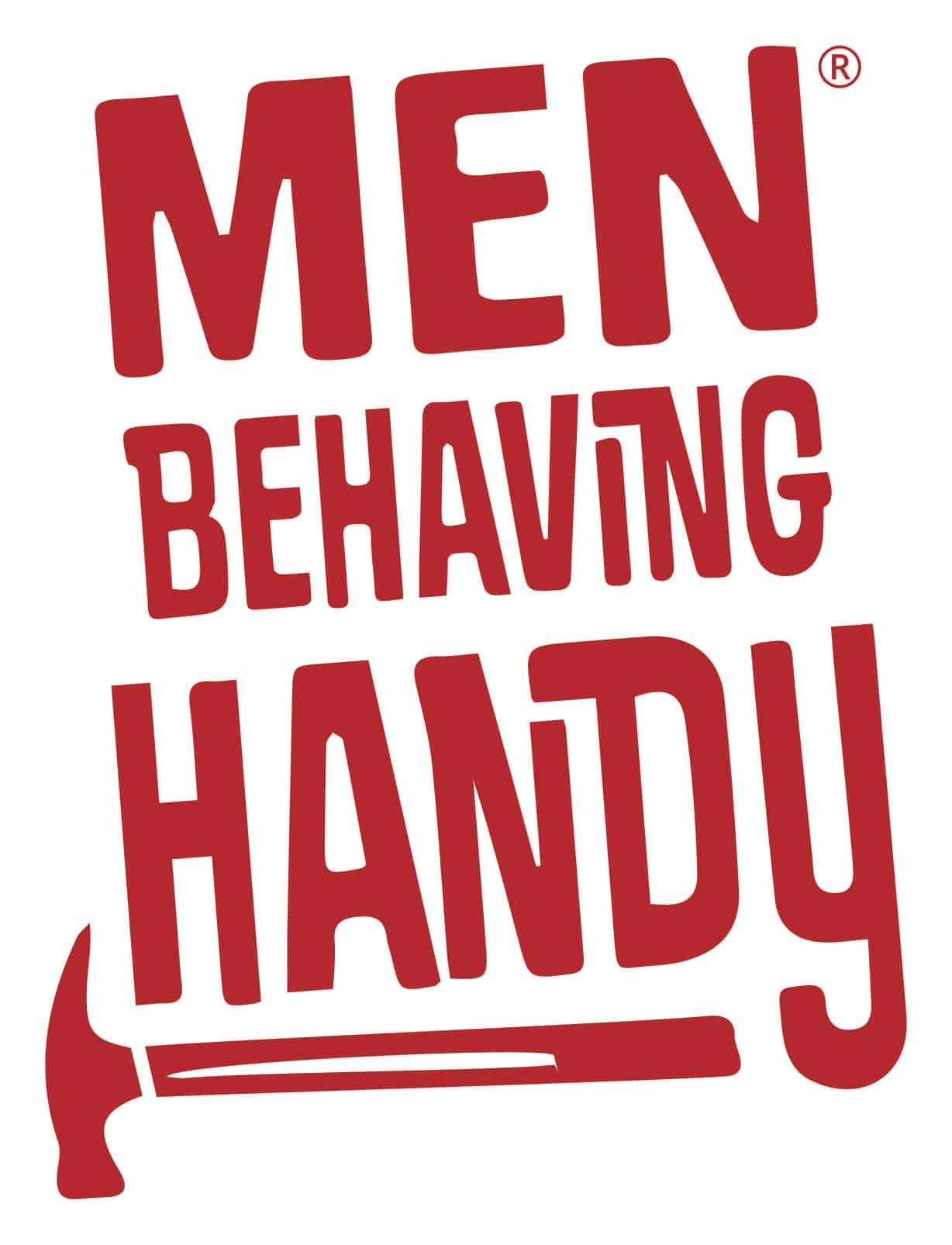If the brickwork on your home exterior is not attractive, then you can always paint over it to transform the entire look. This will not only enhance the visual appeal of your home, it will increase your home’s value too. If you plan to put your home up for sale, this would be the perfect time to start painting over any existing brickwork.
The only problem is that you might not know where to start. That is okay because this article will explain the steps that you need to take in this process.
The first painting tip is to take preparation seriously. You need to prepare the area before you do any painting on the wall at all. This is the only way that you can ensure a high-quality finish. Do not just go for the most affordable solution by avoiding preparation. Otherwise, you will notice the results within the next 12 months and then you will need to paint all over again. Also, make sure the paint is the right type for the surface.
Choose the Correct Tools for Painting Your Home Exterior
First, you need to gather all the appropriate tools for completing the paint project. The tools, supplies, and accessories that you will likely need include:
- Sugar soap
- Water
- Bucket
- Sponge
- Paint
- Roller
- Roller Extension
- Paint Tray
- Paint Brush Set
- Drop Cloth
- Masking Tape
- Wire Brush
- A scaffolding or ladder
- Garden hose
- Nozzle attachment for the hose
Picking the Correct Paint for Your Home Exterior
To succeed at the paint job, the correct paint must be chosen. All aspects of the paint must be considered, such as the quality and paint type. This will have an influence on the durability, finish, and overall appearance of the final result.
Whenever you are painting over exterior brickwork, you need to use paints that are polyurethane, acrylic, water, or oil based. You should try latex paint because it is easy to apply and even easier to clean with just water. However, if you use oil-based paint, you won’t need to apply it as much as latex paint.
The colour and finish of your exterior are what you must choose beforehand. Matte paint is the most recommended paint for brick walls. Many exterior paints that are made these days have special additives which make them resistant to mould and ultraviolet rays. Sometimes you will find self-priming paints too, but you should still purchase regular primer just to be safe.
What should I use to apply the paint?
It may sound simple to apply paint to your walls, but you need to do it carefully and artistically. This means choosing the appropriate applicator for your project. Below are the common paint applicators.
Paintbrushes
Your paintbrush will contain either synthetic fibres or natural bristles. The brush with natural bristles will cost more but it will leave the smoothest finish. If you use an angled or smaller paintbrush, it will help with the edges and fine details. Wide brushes are best for bigger surfaces. Therefore, examine the size of your project and then choose a brush which matches it.
Rollers
Rollers have a wider range for applying paint to walls. This allows you to speed up the painting process, especially if you have an extension to reach those higher areas of the wall. Be sure the roller has a length and nap which accommodates the surface being painted. Rollers with long naps are better for rough surfaces with a lot of texture, while rollers with short naps are better for flatter and smoother surfaces.
Spray Guns
Spray guns are traditionally used for painting the exterior of vehicles. But for the right home paint project, it can speed up the work tremendously. Spray guns operate using a pressurized system. However, bigger paint jobs will require a compressed air system for your spray gun. Be sure to cover all your fittings, fixtures, and furniture prior to using it. Spray guns cover a much wider range and you will have very limited control over where the paint spreads.
Foam Pads
Foam pad applicators are growing in popularity because they are flexible enough for cutting in and edging tasks. The finish is often left very smooth too. Some foam pads are made specifically for edging and cutting in tasks. Therefore, they would make a great addition to your inventory of painting tools and equipment.
The Steps to Painting the Exterior Brickwork
Below are the steps for painting exterior brickwork and having a positive outcome.
1) Prepare the Area
Preparing the surface is very important because it will allow the paint to remain there for the next several years. Otherwise, it will peel off after a couple of years. So, what you’ll want to do first is use the wire brush on the brickwork. The purpose of the wire brush is to get rid of the loose dirt and debris that exists on the wall. Then you will take a hose (preferably a high-pressure hose) and wash away any of the debris which is still there. If there are holes in the surface, the use an outdoor-approved filler to fill those holes. Take some painter’s tape or masking tape and use it to mask the edges. Place drop sheets on the ground in case there is any spillage.
2) Paint Stirring
Stir the paint entirely for a few minutes. Clean your roller or paintbrush.
3) Cutting In
A pad or paintbrush can be used for the edging and cutting in.
4) Painting
Use a paintbrush for small painting projects. If this is a large project, use a roller instead. Your applicator should have an even paint amount on it. This will ensure that you have an even finish in the end. With rollers, start painting from the bottom and continue going all the way to the top of the wall. Do not stop in the middle. Keep overlapping to ensure the finish is even. Wait a minimum of two hours and then proceed to the next coat.
Why not give us a call and find out how Men Behaving Handy can help with your painting project. How experienced handymen can tackle any project. Contact a member of our handyman Perth team to find out how we can assis or visit our painting services for more information





